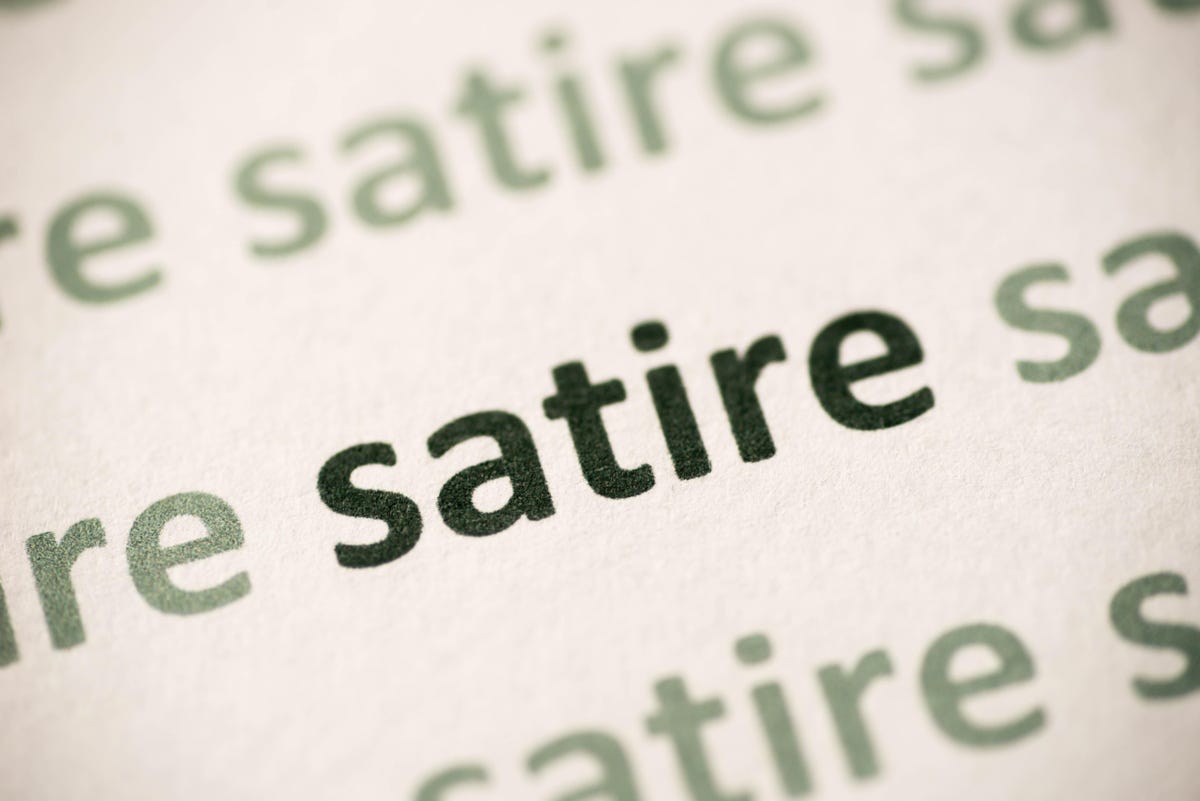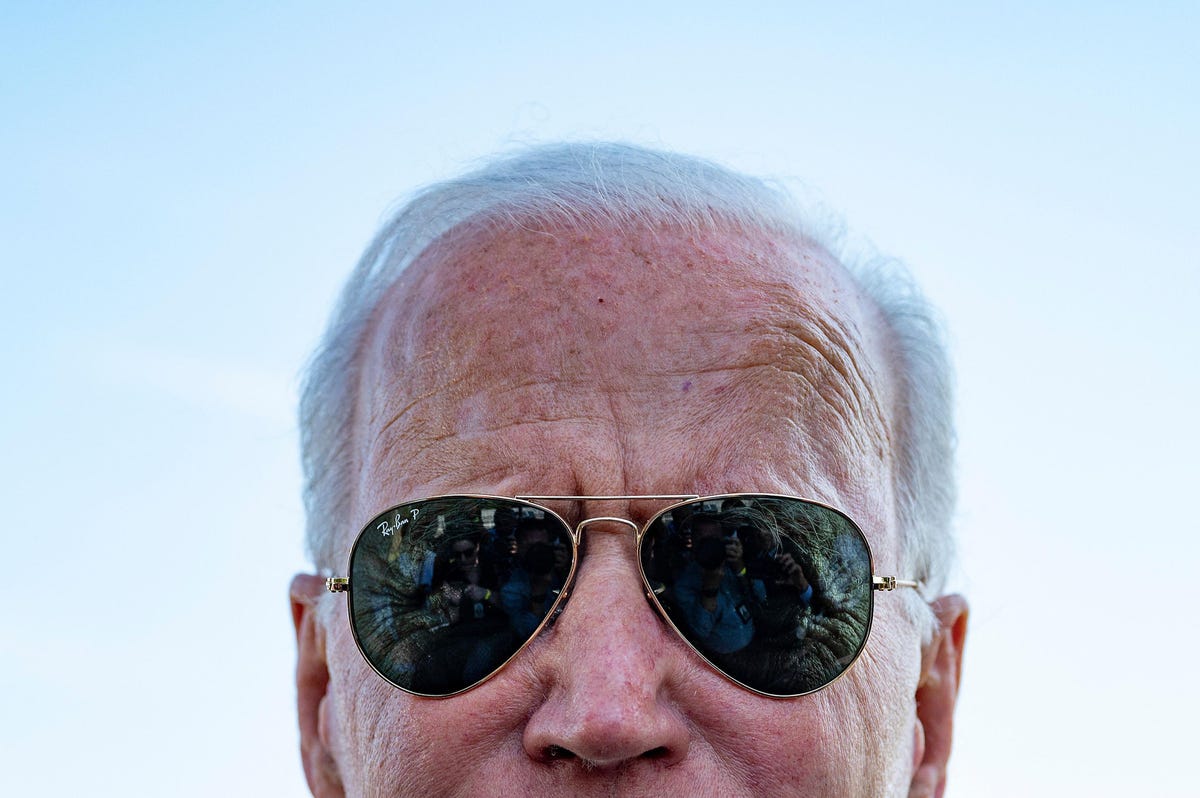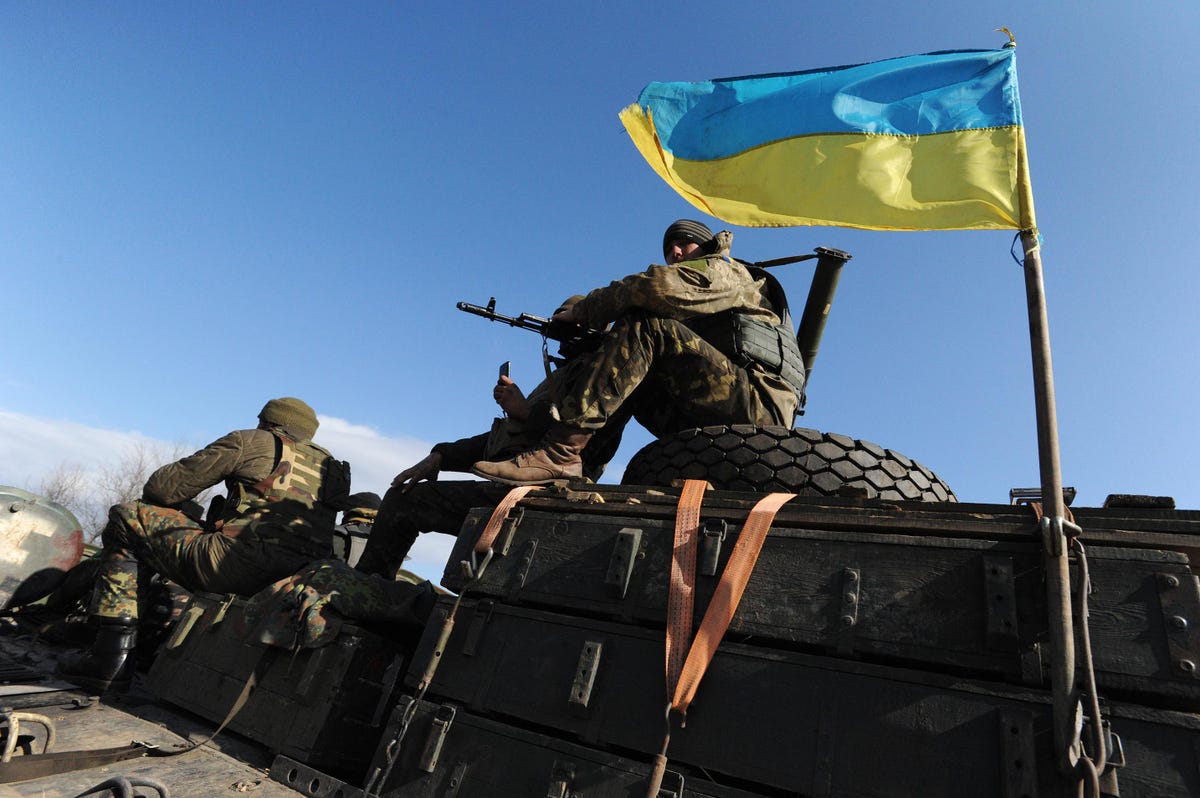For the previous week, most social media feeds have been stuffed with posts concerning the Russia-Ukraine conflict. Whereas a few of these posts are from legitimate media shops, many might be thought of misinformation—inaccurate data handed as reality in an effort to deceive. Whereas there could also be some fact in lots of of those posts, they need to be taken with a grain of salt. For instance, the “Ghost of Kyiv” might have shot down a number of Russian MIGs; nevertheless, the story has not been validated and the viral picture is of a pilot modeling a prototype helmet. Moreover, Ukrainian President Volodomyr Zelensky has not fled Ukraine, regardless of Russian experiences claiming that’s the case.
ILLUSTRATION – 28 February 2022, Berlin: On the display of a pill (l), the web site of the Russian … [+] TV channel RT might be seen. On the correct, the display of a smartphone exhibits the official Twitter account of Ukrainian President Selenskyj. (to dpa “Russia and Ukraine struggle for sovereignty of opinion in social media”) Picture: Fernando Gutierrez-Juarez/dpa-Zentralbild/dpa (Picture by Fernando Gutierrez-Juarez/image alliance by way of Getty Pictures)
Misinformation shouldn’t be inherently flawed in relation to warfare — it’s a necessary half. Moreover, given the state of present expertise and the sociopolitical local weather, misinformation has the potential to play a really vital function on this conflict.
Misinformation has been leveraged in each conflict starting from the Trojan Conflict to World Conflict II. Essentially, army methods and ways require commanders to make selections on the battlefield. These selections are fed by data, so misinformation can trick an enemy power into making the flawed selections. Throughout this conflict, this tactic was clearly employed when the Russian forces claimed to be withdrawing their fight forces from the border on the times resulting in the invasion.
Misinformation can be generally utilized by warring nations as a part of propaganda campaigns. Propaganda permits one nation to weaken their opponent’s resolve, which reduces the effectiveness of the combating power and erodes home help. In the meantime, propaganda may also bolster the morale of a rustic’s personal army and civilian inhabitants. Early in the course of the battle, the Russian media made claims that the Ukrainian army had fled the battlefield, a declare that clearly was not true. These claims had been aimed toward crushing Ukrainian resolve whereas serving to spark patriotism on the Russian house entrance.
Though widespread in wars, the quantity of misinformation on this battle is considerably greater than ordinary. Furthermore, a lot of the misinformation seems to be coming from third events which might be impartial of each militaries or governments. People around the globe are utilizing social media to unfold massive quantities of misinformation.
A number of the misinformation is unfold deliberately, to assist bolster both Russia or Ukraine. Specifically, Ukraine entered this battle because the basic underdog, who naturally would garner standard help. Nevertheless, it’s a slippery slope for Ukraine to slip from being an underdog to being a misplaced trigger, which individuals is not going to take into account price their effort to help. As such, social media has been flooded with posts about how effectively the Ukrainian army and civilians are combating the Russians. In the meantime, the Russians entered the conflict being thought of as a formidable combating power. Regardless of setbacks within the conflict, many Russian supporters are posting movies of Russian army success to attempt to preserve the picture of an unstoppable power.
For instance, supporters of either side are posting false videos of success for the Russian and Ukrainian Air Forces. A viral video confirmed a Ukrainian plane shoot down a Russian MiG over a Ukrainian metropolis. In the meantime, one other trending video confirmed a Russian MiG avoiding a barrage of surface-to-air missiles. In actuality, each of those movies had been from the favored videogame Arma 3 and had been finally faraway from social media.
Lyudmila Yakovenko, 38, a farm employee presently on maternity depart, speaks with an AFP journalist in … [+] the southern Russian Rostov area on February 25, 2022. – Because the Kremlin’s forces unleash devastating firepower in Ukraine, some Russians dwelling close to the frontier are shopping for the federal government’s line portraying the invasion as righteous and restricted. (Picture by STRINGER / AFP) (Picture by STRINGER/AFP by way of Getty Pictures)
Nevertheless, a lot of this misinformation by people is unintentional. The “fog-of-war” creates a considerable amount of uncertainty concerning the precise state of affairs on the bottom. Moreover, Ukrainian troopers are probably not carrying cellphones to keep away from have their areas triangulated, a course of utilized by the Russians in 2014. Even when they’re carrying cellphones, commanders for each militaries probably banned the usage of social media by their forces. As such, there’s little data coming from the conflict entrance. With out precise footage from the battle, individuals flip to on-line repositories for imagery for memes and posts. They discover previous photographs, misread them as being from the present conflict, and embrace them with their posts to attempt to bolster their arguments. For instance, a trending video exhibiting a Ukrainian lady confronting a Russian soldier was really a 2012 video of a Palestinian lady confronting an Israeli soldier.
VYSNE NEMECKE, SLOVAKIA – FEBRUARY 24: A person from the Ukrainian city Svaliava exhibits to the … [+] photographer the most recent footage shared on social media from not too long ago invaded Ukraine on February 24, 2022 in Vysne Nemecke, Slovakia. The person arrived in Slovakia early within the morning to search for lodging for his spouse and three youngsters following him from Ukraine. In a single day, Russia started a large-scale assault on Ukraine, with explosions reported in a number of cities and much outdoors the restive japanese areas held by Russian-backed rebels. (Picture by Zuzana Gogova/Getty Pictures)
Whether or not intentional or unintentional, misinformation will play a big function on this conflict. The first channel for spreading this misinformation is thru social media posts. The algorithms for displaying posts in a person’s feed are primarily based off that individual’s pursuits and viewpoints garnered from metadata together with beforehand considered posts. Due to this fact, if somebody is viewing posts supporting one facet, their information feed will populate extra posts supporting that facet. Given the abundance of posts concerning the battle, an individual’s feed can rapidly get stuffed with a mix of actual information and misinformation concerning the conflict, usually in help of 1 facet. With the misinformation combined into the precise information, viewers usually tend to settle for the misinformation as reality, reinforcing and solidifying their present viewpoint.
Given the character of social media, misinformation can unfold quickly and attain a really widespread, world viewers. A trending publish might be considered by thousands and thousands of individuals within the span of some hours and sway public opinion. Public opinion in flip drives political motion to incorporate sanctions, monetary help, humanitarian support, and army support. As such, the proliferation of misinformation can have a big impression on the end result of the Russia-Ukraine conflict, in addition to future wars.






